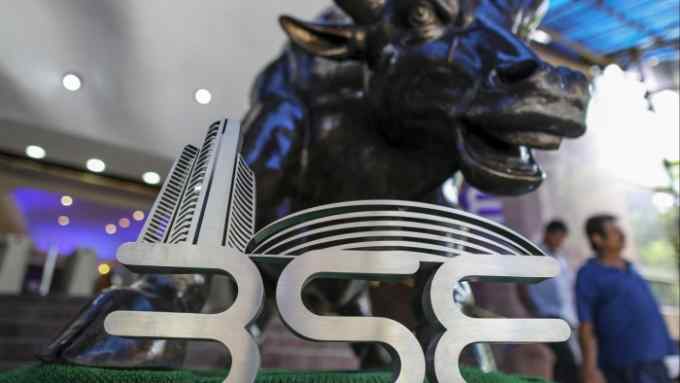BlackRock launches suite of Ucits iBonds in Europe

Simply sign up to the Exchange traded funds myFT Digest -- delivered directly to your inbox.
Latest news on ETFs
Visit our ETF Hub to find out more and to explore our in-depth data and comparison tools
BlackRock has launched a suite of Ucits iBond ETFs, giving European investors easy access to fixed-income exchange traded funds that mature on a fixed date, just like their underlying portfolios of bonds.
The products — which mature and pay out like a bond, trade like a stock, but provide access to a diversified basket of securities — have been available in the US since 2010 but failed to gain much prominence in the low-interest rate decade preceding the Covid-19 pandemic.
Similarly, an earlier attempt by BlackRock to interest Europeans in iBonds fizzled out after the launch of a US investment-grade credit fund in 2015. No new iBonds have been launched for European investors since it reached its liquidation date in 2018.
However, BlackRock said interest in the products had surged in the US with the return of higher interest rates. The manager’s US iBond business, which includes Treasuries, municipal bonds and both investment-grade and high-corporate debt, attracted inflows of $8.1bn during 2022, and a further $5.2bn in the seven months to the end of July this year.
“The more favourable fixed income investing environment experienced since 2022 has driven increased adoption of iBonds,” said Brett Pybus, global co-head of iShares fixed income ETFs for BlackRock. He said uptake of iBonds in the US had also been boosted by advisers who were increasingly using the products to make their offerings more efficient.
Invesco, the only other manager to offer target maturity date fixed-income ETFs, under its BulletShares brand, also reports a surge in interest with flows across its entire US target maturity product range more than doubling from $2.2bn and $2.3bn in 2020 and 2021 respectively to $4.9bn in 2022. This year’s flows look set to exceed that total with the products attracting about $3bn year to date.
Sumit Roy, senior ETF analyst at ETF.com, said the fixed maturity products had advantages over regular fixed-income ETFs in that investors who held them to maturity could expect to get their principal back as well as benefit from the yield, less fund expenses.
“The yields on the ETFs can fluctuate based on market forces, but you can get a good sense of the annual yield you’ll generate from the funds by looking at the yield to maturity for the underlying bonds, which the issuer publishes on their website,” Roy said.
Todd Rosenbluth, head of research at VettaFi, said there tended to be relatively low trading volume in target maturity fixed-income ETFs.
“These ETFs are more buy-and-hold than trading vehicles,” he said.
However, Jason Bloom, head of fixed-income strategy at Invesco, said different trading patterns could emerge as an ETF neared maturity, depending on whether the bonds it was holding were trading at or below their par value. Depending on the yield, if bonds were trading below par it might encourage investors to hang on to maturity, for example.
He also pointed out that as BulletShares ETFs approach maturity and many of the underlying bonds have matured, and the ETF is consequently predominantly invested in cash or cash equivalents, there tend to be fewer buyers.
BlackRock’s initial launch of its Ucits range is restricted to investment grade corporate paper. Two ETFs are US dollar denominated and two euro denominated, with maturity dates in 2026 and 2028.
The US dollar iBonds are listed on Xetra, the London Stock Exchange and Euronext Paris, while the euro products are available only on Xetra. They have a total expense ratio of 0.12 per cent.

Comments